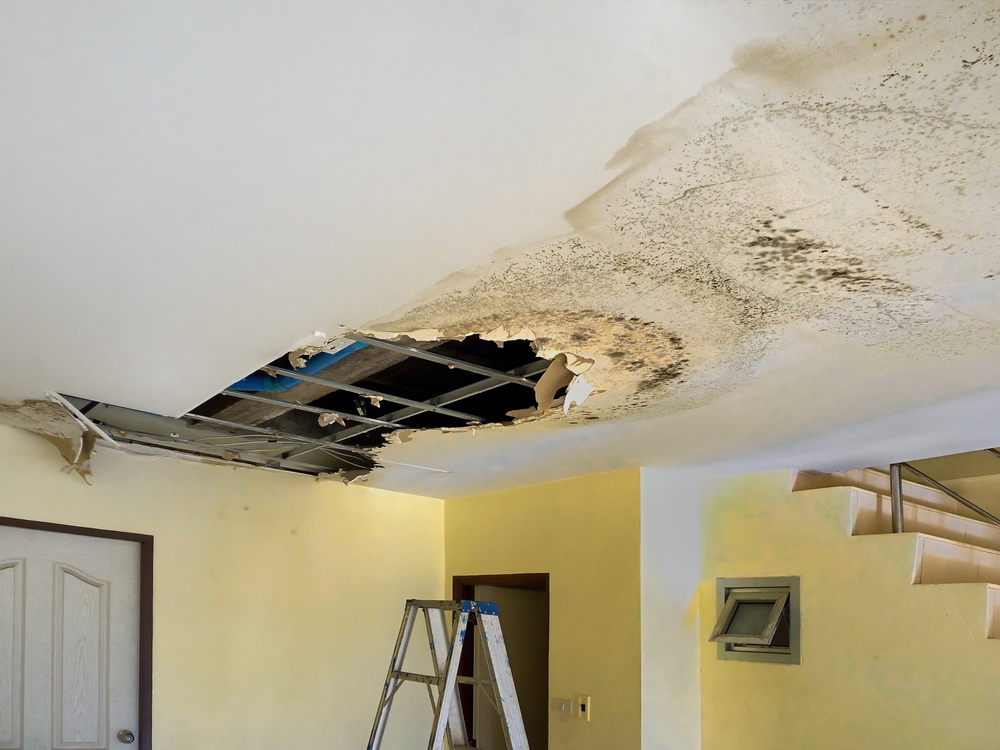Overview To Water Leakage Detection In Your Home
Book Today!What are your ideas on Detecting hidden plumbing leaks?

Early discovery of leaking water lines can reduce a prospective disaster. Some little water leaks may not be visible.
1. Examine the Water Meter
Examining it is a surefire means that aids you discover leakages. If it moves, that suggests a fast-moving leakage. This implies you might have a slow leak that can even be underground.
2. Inspect Water Intake
Evaluate your water expenses as well as track your water usage. As the one paying it, you need to notice if there are any type of disparities. If you detect sudden changes, despite your consumption being the same, it indicates that you have leakages in your plumbing system. Bear in mind, your water costs should fall under the same range monthly. An abrupt spike in your bill shows a fast-moving leakage.
At the same time, a stable increase every month, despite having the same behaviors, reveals you have a sluggish leakage that's additionally gradually rising. Call a plumber to thoroughly inspect your residential property, particularly if you feel a warm area on your flooring with piping underneath.
3. Do a Food Coloring Test
When it comes to water intake, 30% comes from bathrooms. If the color in some way infiltrates your dish during that time without flushing, there's a leakage between the container as well as dish.
4. Asses Outside Lines
Do not forget to examine your outside water lines too. Must water leak out of the connection, you have a loose rubber gasket. One tiny leakage can throw away loads of water and spike your water bill.
5. Evaluate as well as Analyze the Circumstance
Property owners need to make it a habit to check under the sink counters and even inside cabinets for any type of bad odor or mold growth. These two warnings show a leakage so prompt interest is needed. Doing regular assessments, even bi-annually, can save you from a major problem.
Much more significantly, if you understand your house is already old, keep a watchful eye on your heating units, hose pipes, pipes etc. Check for stainings and also deteriorating as many home appliances and pipelines have a life expectancy. They will additionally naturally weaken due to tear and put on. Don't wait for it to intensify if you suspect dripping water lines in your plumbing system. Call an expert plumber right now so you do not wind up with an awful mess in your house.
Early discovery of dripping water lines can mitigate a prospective calamity. Some little water leaks may not be visible. Inspecting it is a surefire method that assists you uncover leakages. One little leakage can waste lots of water as well as surge your water expense.
If you presume dripping water lines in your plumbing system, do not wait for it to intensify.
How to Know If Your Home Has a Hidden Leak
Water Meter Reveals Inexplicable Water Usage
If you’d like to test whether or not there’s a leak somewhere in your home, you can do this using your water meter. Here is how to conduct the test:
Don’t use any water in your home for at least 30 minutes; this also means not turning on faucets or water-using appliances.
Go outside, and check your water meter for activity.
If your water meter shows that there was activity, even though no one was using any water, this proves that there is a leak in your home.Visible Mold or Mildew Growth
Leaks behind walls create moist, dark environments that allow mold and mildew to grow and thrive. Eventually, you might see mold growth forming on the wall closest to a hidden leak.
If mold is growing in an area that receives a high amount of moisture, such as a bathroom, it may simply be an indication that better ventilation is needed. However, if you see mold growth on a wall or the ceiling in an area where you would not expect, you probably have a hidden leak.
Musty, Mildew Odor
Sometimes you might not be able to see the mold or mildew that is growing as a result of a leak. However, the smell can give the problem away just as easily. If you catch a whiff of something musty, there’s a good chance that old water is collecting somewhere in your home that you can’t see.
Stained/Warped Walls, Ceilings, or Floors
When your home soaks up water, a variety of red flags can become visible, including ceiling stains, bubbling drywall, warped walls, and sagging floors. While these issues can be caused by excess humidity, they can also be signs that a pipe or plumbing connection has started leaking behind your walls.
Inexplicably High Water Bill
After a while, you get a general sense for what your water bill should be. If you own a pool or sprinkler system, your bill will tend to be higher during summer. However, if you receive a water bill that seems especially high, and you can’t figure out what caused it, then you may have a hidden leak somewhere that’s increasing your bill.
https://www.plumbingjoint.com/blog/2019/july/how-to-know-if-your-home-has-a-hidden-leak/

I'm very curious about Hacks to detect leaks and I am praying you enjoyed reading our page. Do you know about anybody else who is looking into Top leak detection hacks? Feel free to promote it. We treasure reading our article about Detecting hidden plumbing leaks.